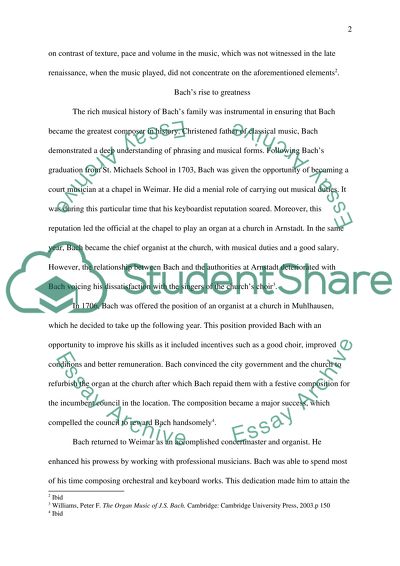Cite this document
(“Johann Sebastian Bach Research Paper Example | Topics and Well Written Essays - 2250 words”, n.d.)
Retrieved from https://studentshare.org/music/1455064-johann-sebastian-bach
Retrieved from https://studentshare.org/music/1455064-johann-sebastian-bach
(Johann Sebastian Bach Research Paper Example | Topics and Well Written Essays - 2250 Words)
https://studentshare.org/music/1455064-johann-sebastian-bach.
https://studentshare.org/music/1455064-johann-sebastian-bach.
“Johann Sebastian Bach Research Paper Example | Topics and Well Written Essays - 2250 Words”, n.d. https://studentshare.org/music/1455064-johann-sebastian-bach.


